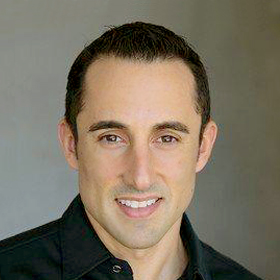When it comes to the holidays, one of the biggest social minefields can be the annual company holiday party. And a Gathering of Experts wants to help people avoid any common blunders that may make the season a little less merry and bright.
One of the most common mistakes employees can make is to complain about the venue, food or lack of an open bar. No one enjoys being around someone with a sour attitude, but it can be particularly bad if the employer overhears one of his or her employees running down the event–let alone the person who planned it. If an office party seems sub par it’s best to keep complaints to oneself and try to enjoy oneself anyway. Not everything is going to be perfect for everyone, but it’s always a good idea to be gracious – even if the feast is just a hot dog party on the roof.
Giving appropriate gifts at appropriate times is always a good idea. If someone is friendly with the employer, don’t give a personal gift in front of others at the office. It comes across as rude to other co-workers. And don’t give co-workers a “joke” present re-gifted from a crass brother-in-law. No one likes junk and very few people like off-color gifts as well. When in doubt just give co-workers a cheerful holiday card and try to stay away from any gifts that could offend.
When it comes to alcohol, less is more. A little self control usually means more dignity on Monday morning. The general rule of thumb is to avoid over indulging, because while it may seem hilarious at the time, drunkenly dancing isn’t going to do anyone’s career any favors.
Finally, remember that not everyone may be in the mood to celebrate at all. The holidays can be stressful, and forcing people to partake in an event can come across as overbearing. Simply wish co-workers a “Happy Holiday” and pay attention to social clues as to whether or not they want to take the conversation further.
The holidays can tricky, especially in an office. But by keeping these general rules in mind, the office party can be a much more harmonious occasion.




